If you want to step into the world of programming and coding, you must understand the basics. You cannot develop complex programs or products with limited knowledge of programming. At the base of every computer program is an algorithm. If you want to write efficient and effective code, you must write algorithms first, and to do this, you must understand what an algorithm is. This is the only way you can develop the right program.
If you are unsure of what an algorithm is or want to learn the basics again, you are in the right place. This book has all the information you need to understand algorithms and how they can be used to develop good code or programs. You must develop the right algorithm, especially if you want to write the perfect code. An algorithm is a set of rules or instructions, which indicate to a machine or computer the process it should follow to achieve the result. Throughout the book, you will learn about the different types of algorithms and how they can be used to solve a variety of problems. The book also introduces you to some programming concepts, and you need to understand these concepts to ensure you develop the right code once you have an algorithm in place.
Since algorithms form the base for any code you write, it is also important to include certain statements to handle different types of errors. You will learn how to do this and what lines of code to include to handle errors in the code. The book covers some of the most common algorithms, including search, sort, loops, decision-making statements, and more. It also includes some examples and programs which will make it easier for you to convert an algorithm into a program when you need to. It is important to understand that you cannot become an expert at coding if you do not understand the basics. Therefore, use the information in the book to help you improve your understanding of coding and practice as often as you can so you master writing algorithms and programs.
Thank you for purchasing the book. I hope the book covers all the information you are looking for.
Chapter One
Introduction to Algorithms

A programmer needs to know what an algorithm is, so they know how to use it to write code. An algorithm is a set of rules, instructions, or processes any machine or system should follow to solve a problem. It can include the type of operations to use and the variables one should declare. In simple words, an algorithm is a set of rules defining the steps to complete to obtain the desired results.
Any recipe you follow is an algorithm. If you want to try a new dish, you read the instructions or steps given. Only when you do this can you make the perfect dish. It is also important to follow the instructions to the tee. An algorithm ensures a system performs a task, so the user obtains the expected output. Algorithms are very simple instructions, and you can implement one in any programming language as long as you understand the syntax.
The output will be the same. Association between Algorithms and Computer Science If you want the computer to complete any task, you must write a program. Using this program, you can tell the computer exactly what it needs to do, so you receive the required output. Ensure the steps are defined clearly. The computer will follow these steps and will accomplish the end result. Ensure you choose the right input variables and information to feed the computer so you obtain the right output.
Algorithms are the best way to get a task done. Characteristics of an Algorithm Let us continue with the example of a recipe. If you want to prepare something new, you need to follow numerous instructions. You will do your best to stick to the recipe, but you may improvise if you do not have a specific ingredient. In the same way, you cannot convert a program into an algorithm since not every statement is a part of an algorithm. Regardless of how you write an algorithm, it will have the following characteristics:
Feasible
Algorithms should be simple, generic, and practical.
Ensure any programming language can execute this algorithm based on the resources the programming language has available. Do not write an algorithm without knowing how to use a programming language to code it. Instead, it must be written based on the relevant information about its use.
Finite
Any algorithm you write should be finite. If you use loops or any other function, ensure the algorithm ends.
No Dependence on Language
No algorithm should have a dependency on a programming language.
No Dependence on Language
No algorithm should have a dependency on a programming language.
The instructions should be precise and simple. Ensure you can use any programming language to write your algorithm. As mentioned earlier, the output will be the same.
Unambiguity
Every algorithm you write should be clear and unambiguous. Every step should be clear and should only mean one thing. The compiler should never be given a chance to think of two or three different ways to perform a certain step.
Every instruction must be clear in every aspect.
Well-Defined Inputs
When you make a new dish, you should look at the relevant ingredients and ensure they are exactly what you need to make the dish. This is the same for the inputs you enter when writing an algorithm.


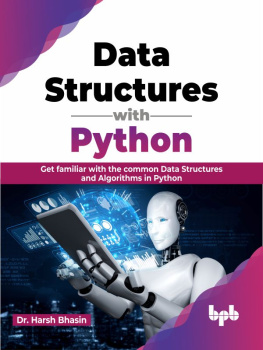
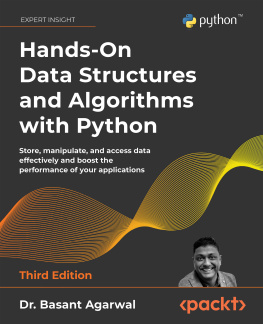
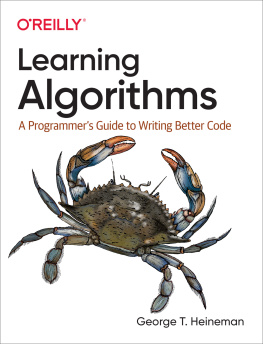
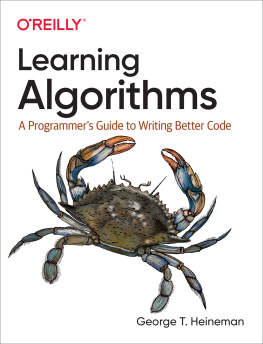
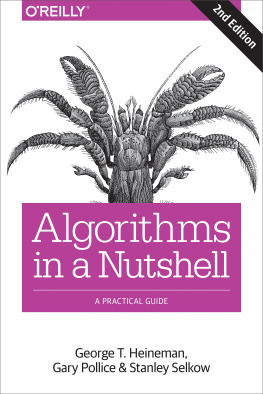
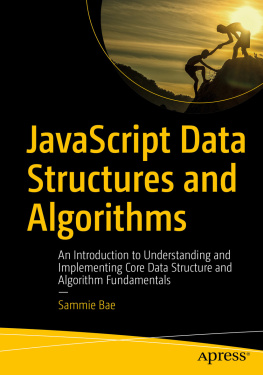
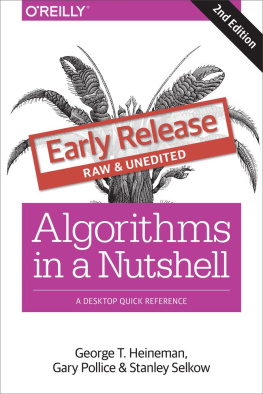
 Copyright 2021 - All rights reserved. The contents of this book may not be reproduced, duplicated or transmitted without direct written permission from the author. Under no circumstances will any legal responsibility or blame be held against the publisher for any reparation, damages, or monetary loss due to the information herein, either directly or indirectly. Legal Notice: This book is copyright protected. This is only for personal use. You cannot amend, distribute, sell, use, quote or paraphrase any part or the content within this book without the consent of the author.
Copyright 2021 - All rights reserved. The contents of this book may not be reproduced, duplicated or transmitted without direct written permission from the author. Under no circumstances will any legal responsibility or blame be held against the publisher for any reparation, damages, or monetary loss due to the information herein, either directly or indirectly. Legal Notice: This book is copyright protected. This is only for personal use. You cannot amend, distribute, sell, use, quote or paraphrase any part or the content within this book without the consent of the author. Using Branch and Bound to Generate Binary Strings
Using Branch and Bound to Generate Binary Strings